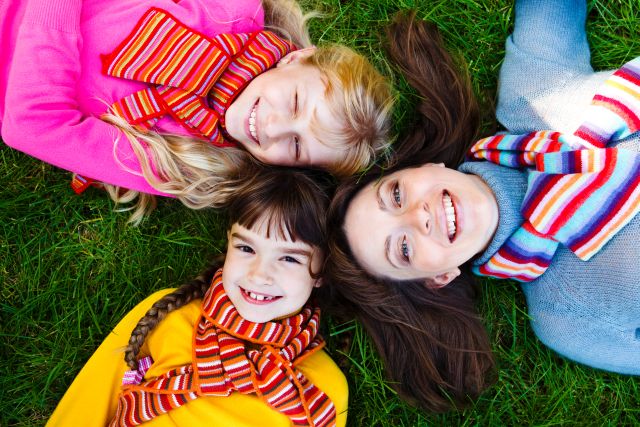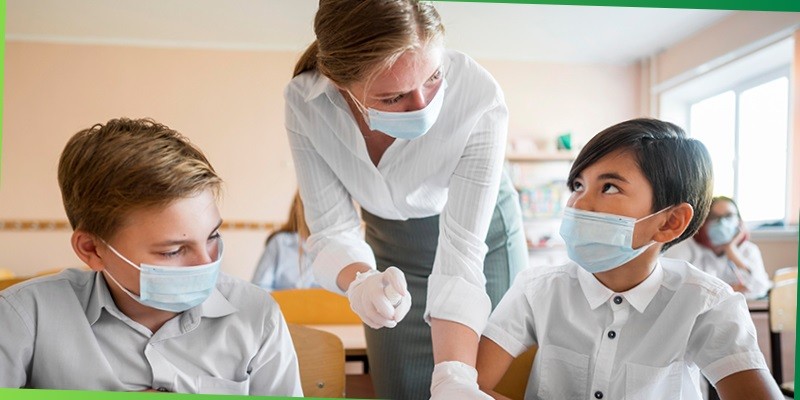Teaching kids about personal safety is crucial. It helps them navigate the world safely.
Personal safety education empowers children. They learn to recognize and avoid dangers. This knowledge builds their confidence. It also reduces their vulnerability to harm. Teaching safety skills involves clear communication. Parents and educators need to discuss various scenarios. They should provide practical strategies for kids to use.
These lessons are essential for a child’s well-being. As kids grow, their understanding of safety should evolve. This blog will explore effective ways to teach personal safety to children. Let’s ensure our kids are prepared and secure.

Credit: www.pinterest.com
Importance Of Personal Safety
Personal safety is crucial for children. It helps them protect themselves in various situations. Teaching kids about personal safety empowers them. It builds confidence and awareness. It’s essential for their overall well-being.
Building Awareness
Building awareness is the first step. Kids need to know their surroundings. Teach them to recognize safe places. Explain the importance of staying alert. Awareness helps them avoid dangerous situations.
Use simple examples. Point out safe and unsafe areas. Encourage questions. Awareness is key for prevention. It helps kids make safe choices.
Developing Safe Habits
Developing safe habits is essential. Teach kids basic safety rules. Explain the importance of not talking to strangers. Encourage them to stay in groups. Safe habits protect them from harm.
Practice safety drills at home. Role-play different scenarios. Reinforce positive behavior. Safe habits become second nature. They help kids navigate the world safely.

Credit: preparednessmama.com
Effective Communication Strategies
Teaching kids about personal safety is crucial. Effective communication strategies can make this easier. Parents need to use methods that kids understand and remember. Simple, clear communication is key. Let’s explore some ways to achieve this.
Open Conversations
Start with open conversations. Encourage your child to talk about their day. Ask questions like, “Did anything make you feel uncomfortable today?” Listen to their answers without interrupting. This builds trust and makes them feel safe sharing their feelings. Respond calmly to their worries. This way, they know they can come to you anytime.
Age-appropriate Language
Use age-appropriate language. Younger kids need simple words. For example, say “bad touch” instead of “inappropriate behavior.” Older kids can understand more complex terms. Adjust your words based on their age and understanding. Avoid using scary words that might frighten them. Instead, use reassuring phrases. This helps them grasp the concept of personal safety without feeling scared.
Practical Safety Skills
Teaching kids about personal safety is important. They need to know how to protect themselves. Practical safety skills can help them stay safe in different situations. These skills are easy to learn and practice. They give kids the confidence to handle themselves. Let’s explore some key practical safety skills.
Identifying Safe Adults
Kids should know who the safe adults in their lives are. These can be family members, teachers, or family friends. They should feel comfortable talking to these adults. Teach your child to identify these people. Explain why these adults are trustworthy. Create a list of safe adults with your child. This will help them remember.
Emergency Situations
Knowing what to do in an emergency is vital. Teach your child how to call for help. They should know important phone numbers. Practice dialing emergency numbers together. Role-play different emergency scenarios. This makes them more prepared. Explain how to stay calm and speak clearly. This will help them get the help they need quickly.

Credit: bravehearts.org.au
Frequently Asked Questions
How To Teach Your Child About Personal Safety?
Teach your child to recognize unsafe situations. Role-play scenarios to practice responses. Encourage open communication about their experiences. Use age-appropriate safety resources. Reinforce the importance of trusting their instincts.
What Are The 4 C’s Of Child Safety?
The 4 C’s of child safety are Care, Communication, Consistency, and Control. Ensure proper care, maintain open communication, stay consistent, and exercise control for child safety.
What Are The Topics For Personal Safety For Kids?
Personal safety topics for kids include stranger danger, internet safety, emergency contact information, safe boundaries, road safety, and home safety.
What Is The Meaning Of Personal Safety For Kids?
Personal safety for kids means teaching them how to protect themselves from harm and dangerous situations. It includes understanding boundaries, recognizing unsafe environments, and knowing when to seek help.
Conclusion
Teaching kids about personal safety is crucial. It builds their confidence. It prepares them for unexpected situations. Simple guidelines can make a big difference. Encourage open conversations. Kids should feel safe discussing their concerns. Practicing these safety tips regularly is key.
Remember, a well-informed child is a safer child. Stay proactive. Keep your child safe and secure.

